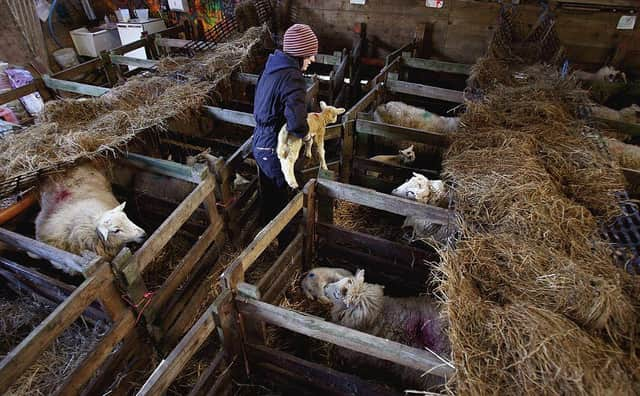Farming comment: Law changes to hit tenant farmers


The Scottish Government’s stated purpose is to allow 1991 Act tenants with no successors a payment to support them in their retirement. As such, the tenant will have a right to relinquish their tenancy in exchange for compensation, or (if the landlord declines the offer), to assign their tenancy to a new entrant or a person progressing in agriculture. The provisions apply to all 1991 Act tenants of secure tenancies, irrespective of age or successors.
However, there appears to be a potential conundrum. Taking the calculation stated in the legislation, the payment to be assessed has two main elements: the value if sold with vacant possession, and the value sold with the tenant in occupation. While the vacant possession value might be reasonably straightforward, the guidance for the value with the tenant in occupation is more problematic.
Advertisement
Hide AdAdvertisement
Hide AdBroadly, it is based on when the landlord would, in the normal course of events, be likely to recover vacant possession. The opaque “normal course of events” reference is itself open to interpretation, but perhaps means retirement or death, both of which events would tend to come sooner to more elderly tenants than those younger.
This matters because given historic precedent in parallel situations, a higher value would be calculated for achieving earlier vacant possession. Payment to the tenant is half the difference between vacant possession and tenant in occupation values, so the higher the value with the tenant in occupation, the lower the payment to the tenant coming out. In other words, the tenant who has spent a lifetime working a holding and looking towards a well-deserved retirement is likely to receive a lower payment than a younger tenant who might have only taken on the same holding relatively recently.
There is the additional problem of the valuer being asked to assess when the landlord in the normal course of events might recover vacant possession, and what that means.
As noted, this could mean retirement through normal circumstances, or indeed, ill-health, and on the latter point, which tenant is going to come forward confessing health problems if it means that the payment to be received will be diminished? It may be that the use of some independent assessment is made, given the challenges which could result.
In addition, the calculation basis being considered by industry at the moment does not indicate that a tenant with few savings and only minor pension provision will receive a payment commensurate with the efforts made on the holding over many years. For example, broad indications are that if a landlord would, in the normal course of events, be expected to recover vacant possession in ten years, the amount payable to the tenant would be around 15 per cent of the vacant possession value. If instead the period was 30 years with a younger tenant in possession, the payment would be much higher, 26 per cent.
In informal discussion with a number of estates, the indication is that some will have no desire to acquire the tenancy, and so the tenant will need to seek a new entrant to take over, and that a market for these develops. Potential tenants may be connected to already thriving farm businesses, which will serve to underpin prices achieved. Genuine new entrants may be edged out by those for whom a capital payment to acquire extra land might just be part of normal trading expenditure. While no further guidance has been produced by the Tenant Farming Commissioner, the indication at the moment is that the elderly tenant is less likely to retire, and more likely to stay on the holding, while new or progressing tenants will be priced out of the market by established businesses with connections – the opposite result intended by the Scottish Government.